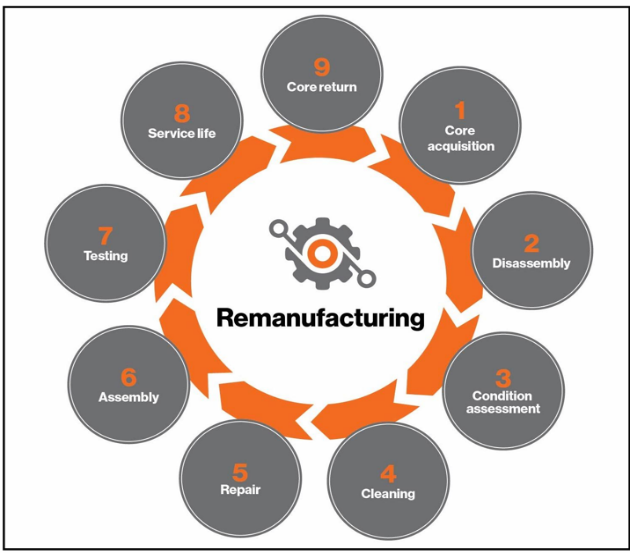Advantages and Challenges of Remanufactured Products'
Main Article Content
Abstract
Remanufacturing is the process of restoring discarded goods and components to a brand-new, technologically sophisticated state with the least amount of waste and expense. In a rebuilt product that incorporates the technological advancements deemed required to ensure that repairs may be completed promptly and the item is returned to functionality in an efficient manner, non-wearing parts are reused. This review article provides an overview of the remanufacturing process. the significance of it, how it contributes to sustainability, and a list of difficulties with product remanufacturing. When industries adopt new technologies for component restoration, higher material recovery, and even the retention in-house of competencies that could have previously been outsourced, the scope and benefits of remanufacturing expand. However, its drawbacks are also explained.

